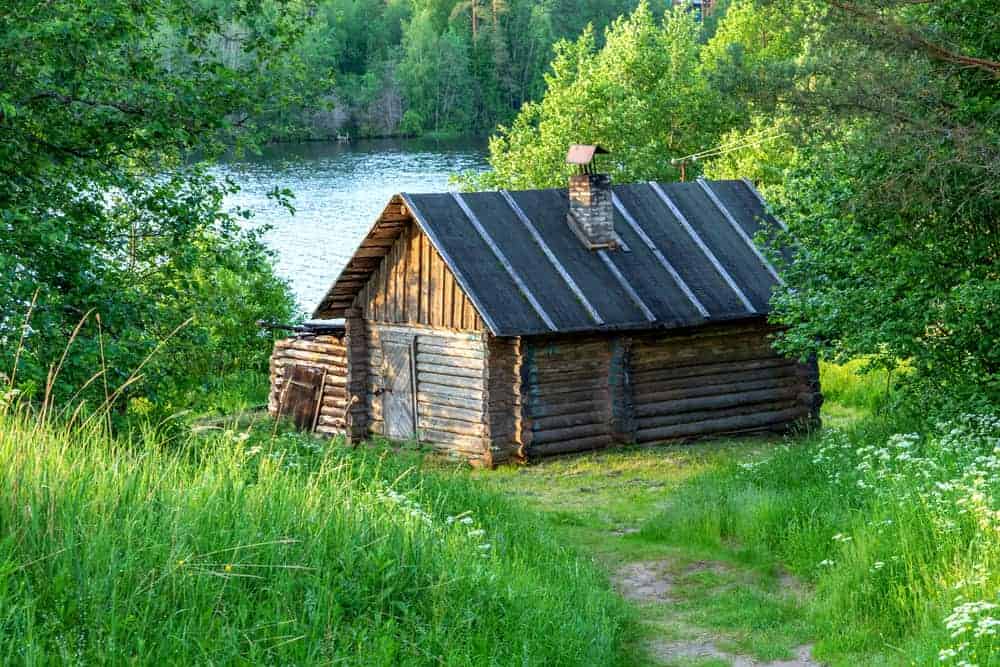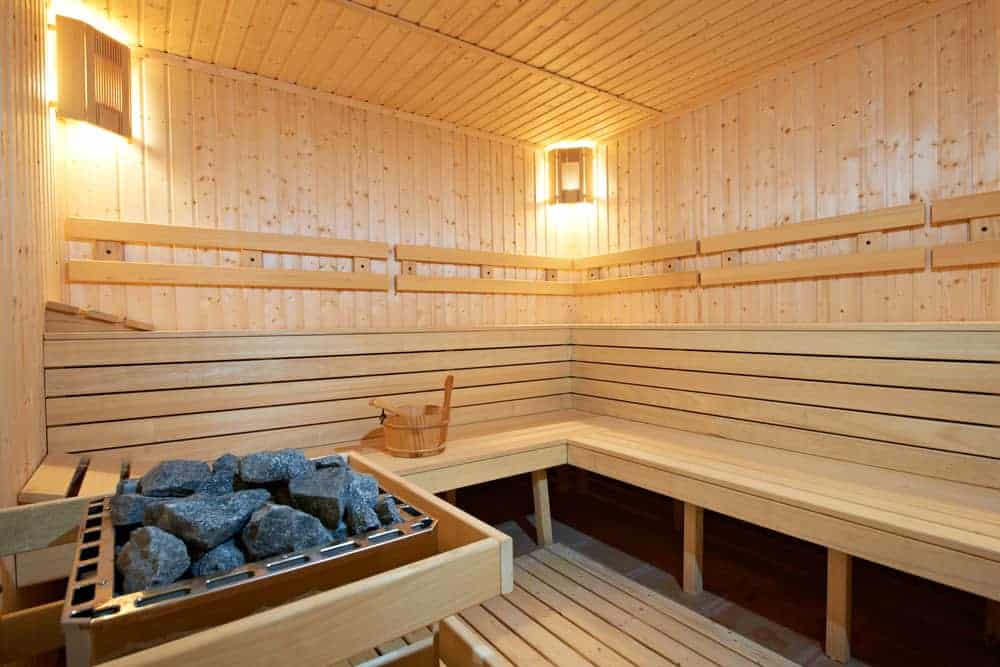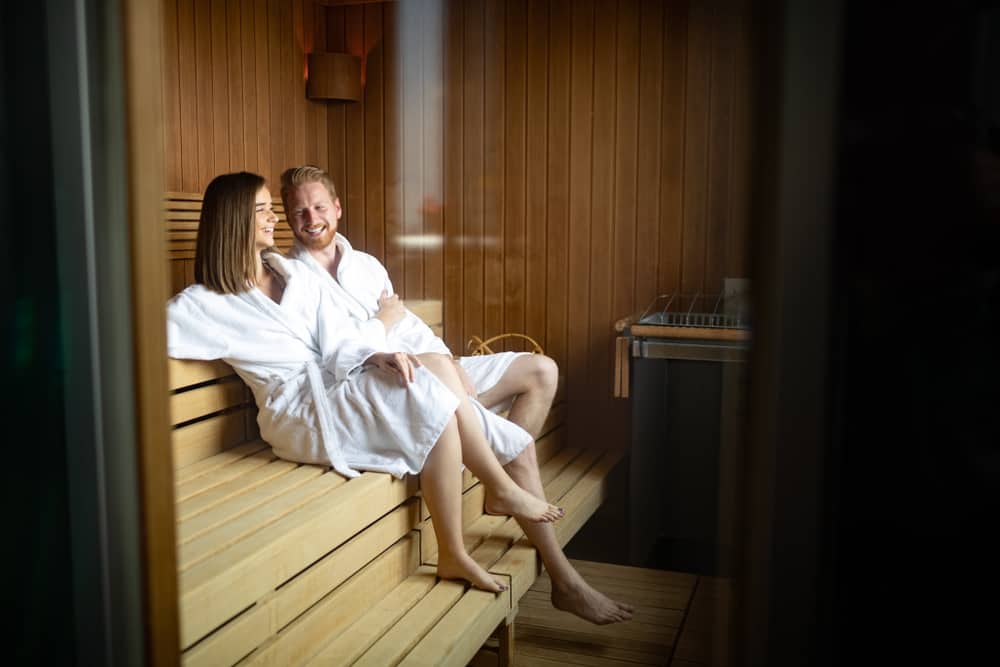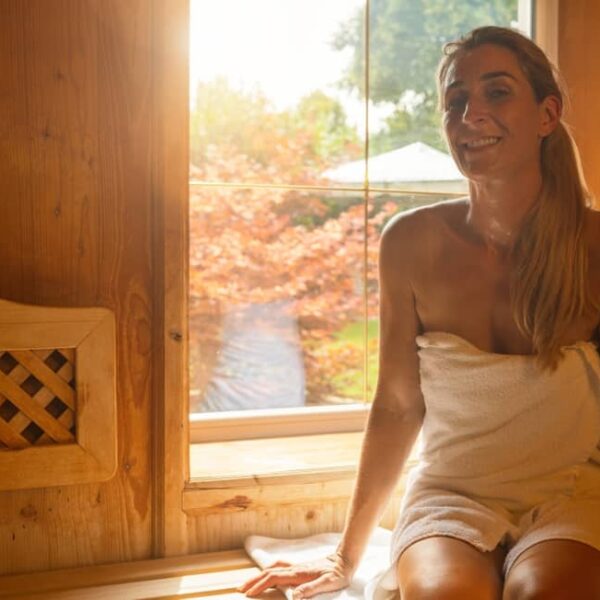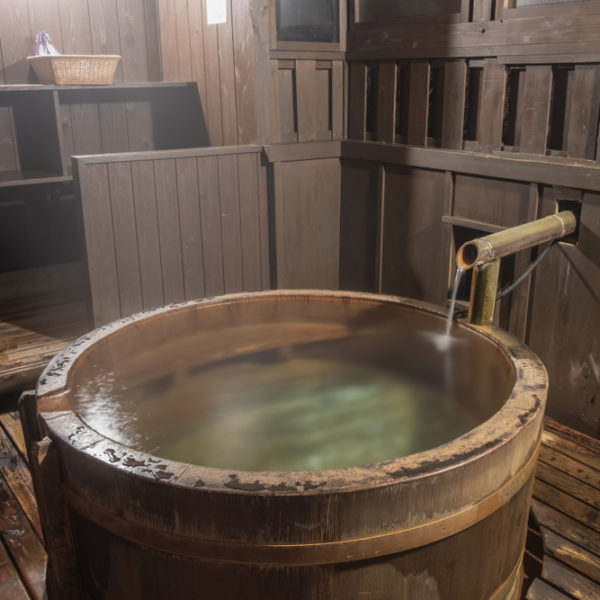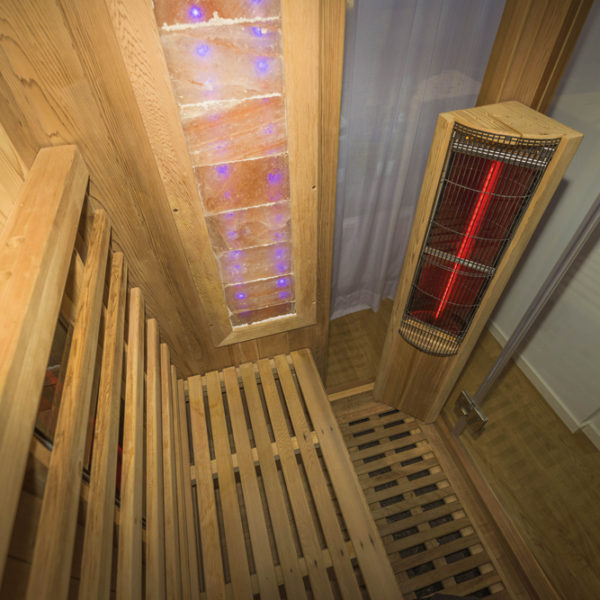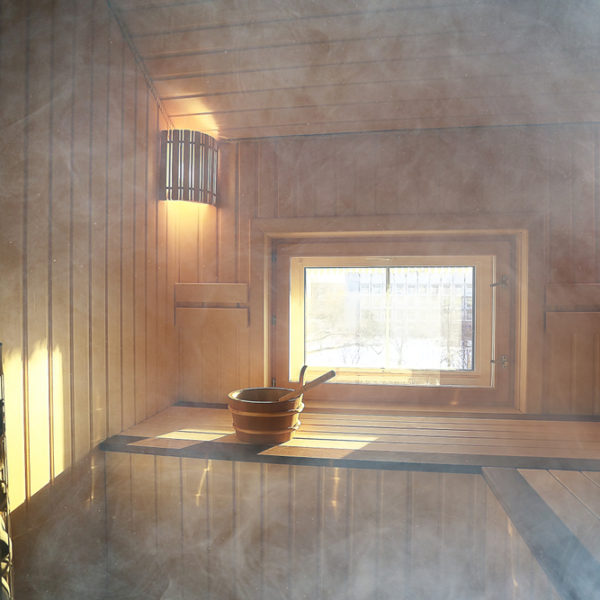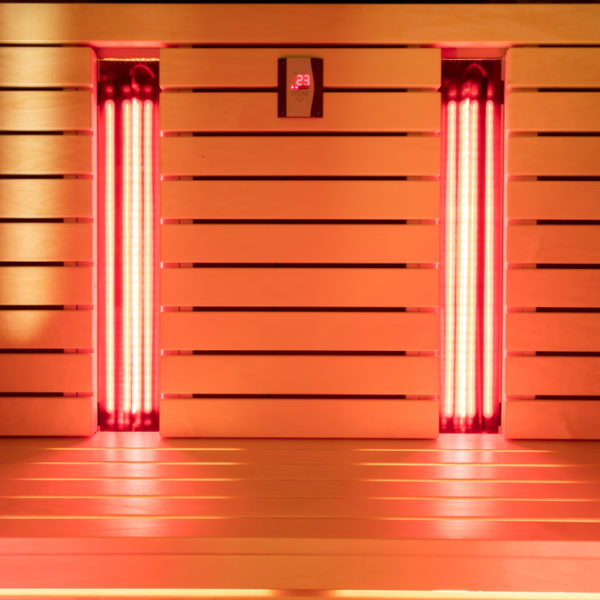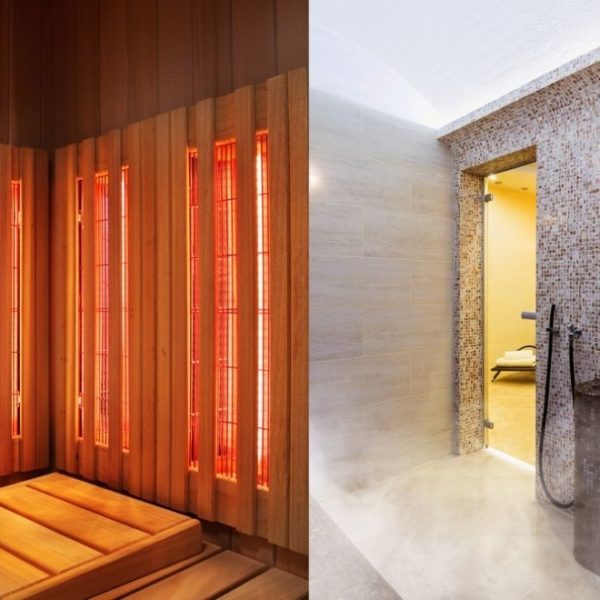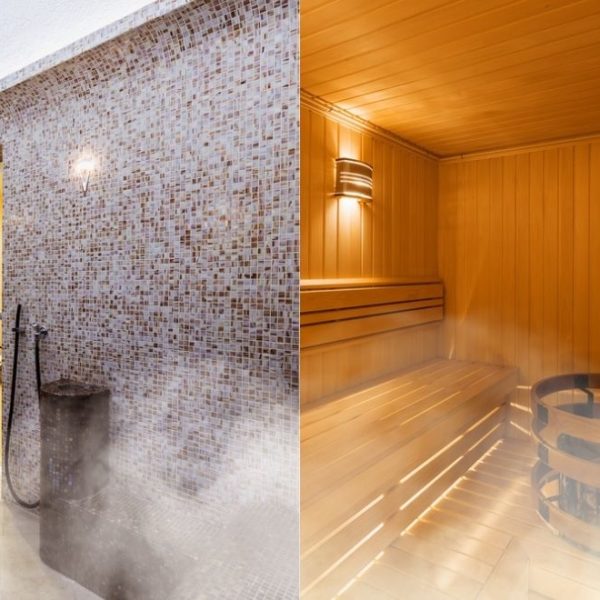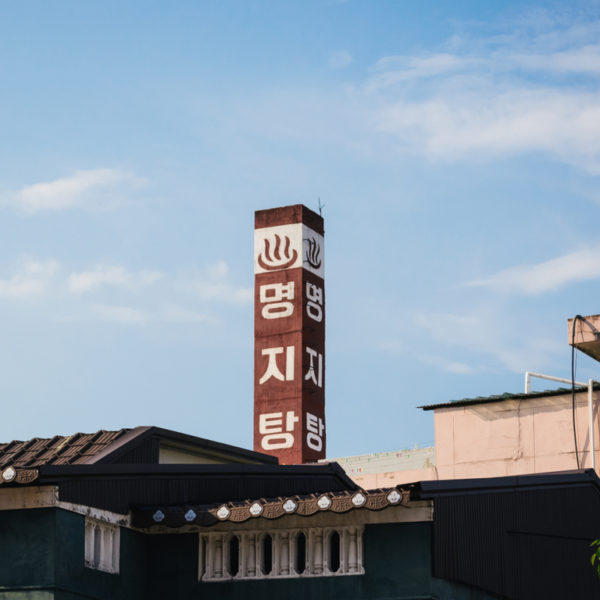For many of us, when we picture a sauna, it’s a Finnish sauna we imagine. A wooden cabin, big enough for a family, with glowing coals and plenty of heat. Perfect!
But have you ever wondered what it is about this kind of sauna that makes it “Finnish”? How is it different from, say, a sauna blanket? What is its history? And what makes it so good?
We’re going to share 18 facts about a Finnish sauna. And when we’ve finished, you’ll know everything there is to know about this amazing invention!
So wrap yourself in a towel, and let’s get started …
Finnish Style Sauna Facts
1. The Finnish sauna dates back several thousand years
The origins of the sauna in Finland are lost in the mists of time. The earliest written account comes in the year 1112, in the writings of Nestor the Chronicler. By then, it seems, the sauna tradition was well established. People sat in hot rooms, then doused themselves in cold water.
And just as in Finnish saunas in the present day, Nestor spoke of people using branches to “beat themselves”. We might think of it today as more of a vigorous massage than a beating! We’ll find out more about this custom later.
Archaeological evidence suggests that Finnish saunas date back well before Nestor’s time. The earliest suspected sauna dates all the way back to 7,000 BC. With such a long history, it’s not surprising that saunas are now firmly embedded in Finland’s culture.
2. Saunas are as essential as kitchens to the Finns
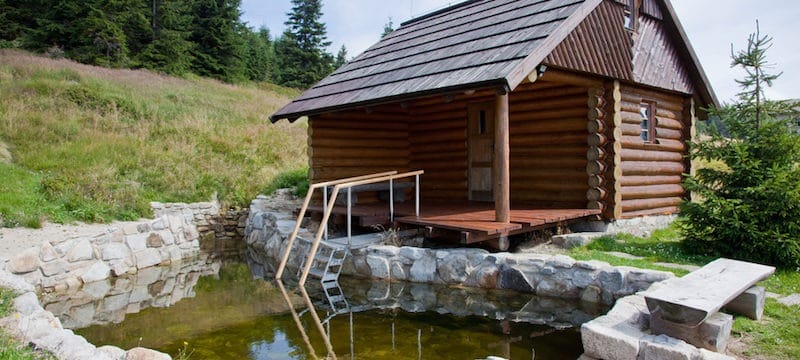
Whenever a Finn moves house, the first thing they do is build a sauna. In fact, the sauna traditionally served as the home while the new property was being built.
Today, saunas can be found all over Finland – there are around 2 million of them. That’s not bad, when you consider the population of Finland is only 5.3 million. And it’s estimated that Finland is home to no fewer than a third of all the saunas in the world!
Both the prime minister and the president have their own official saunas. If you visit the Gulf of Bothnia – the stretch of water between Finland and Sweden – you can go to a floating sauna. And if you want a subterranean experience, Pyhäsalmi Mine has a sauna 4,600 feet underground.
The Finns’ love of saunas doesn’t stop when they’re abroad. You might think they’d be easily satisfied with the convenience of a sauna blanket. But you’d be wrong!
Finnish peacekeeping soldiers in Eritrea erected a sauna as one of their first buildings. And the Finnish Church in London also has its own sauna.
3. Saunas are inhabited by mythical creatures
Finnish culture is full of references to the fairy folk. They live all over the place, so it’s not surprising that the sauna is home to them too. The sauna elf is known as the Saunatonttu, and there’s also the lölylhenkii, the steam spirit.
It’s the job of the Saunatonttu to protect the sauna – and that includes making sure users abide by the strict etiquette. Any swearing or discussion of controversial subjects will upset the elf, who’ll drive you out. You’ve been warned!
In the past, Finns would take certain measures to try to keep the Saunatonttu happy. That might include firing up the sauna just for the elf, or leaving food for him outside the sauna.
4. Saunas are considered spiritual places
Saunas have an important part to play in the spiritual life of Finns. They are associated with cleansing, and as such have a long tradition in various religious rituals. These include old faiths like Karhun kansa, a pre-Christian Finnish tradition which translates as “the people of the bear”.
Even today, many Christians will take a sauna on a Saturday, the day before they attend church.
5. It’s customary to go naked in a sauna
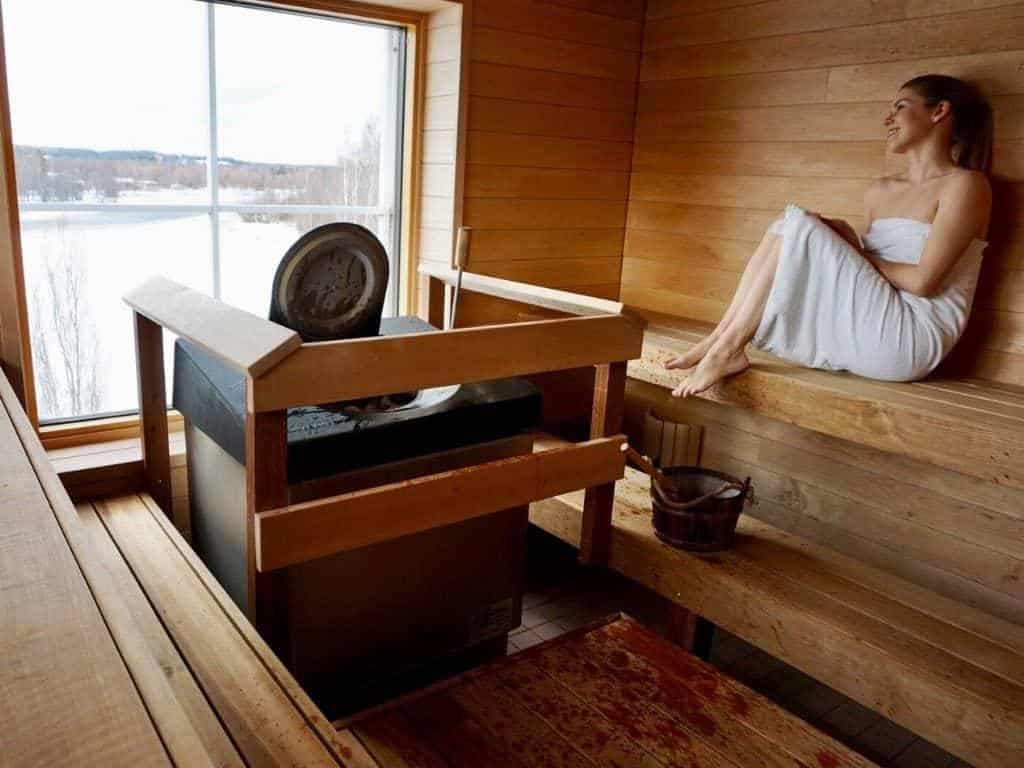
If you’re using a sauna in Finland, it’s usually expected that you’ll do so naked. You can take a small towel, known as a pefletti, to sit on, but that’s it.
In public saunas, it is often mandatory to be nude. That might sound strange, but there’s a good reason for it.
If you go into a sauna wearing a swimming costume, you may have worn that costume in a swimming pool. And because swimming pools usually contain chlorine, the chemical may still be present in the fabric.
Because a sauna is so hot, any chlorine that’s still on the fibers can evaporate into the air. That can be very dangerous, especially for any users with allergies or asthma.
6. There are different expectations about who takes saunas together
Saunas in Finland are strictly places of relaxation. There’s no hanky panky in a Finnish sauna! And there are also a whole set of customs about who enters a sauna together.
In public saunas, there are usually different times for men and women to use the sauna. (The floating sauna we mentioned earlier is one of the few unisex public saunas in Finland.)
Often, families will take a sauna together. As the children get older, however, they will stop doing so. And older people will usually not take a sauna with those they don’t know.
7. There are different types of Finnish sauna
While Finnish saunas in other parts of the world are typically heated by gas or electricity, that’s not the traditional approach. The old-school Finnish sauna – and the type that’s still considered the best – is the wood-burning variety.
In fact, there are five different kinds of sauna. Gas and electric ones are used in urban areas, where too much woodsmoke would impair air quality.
There are then three different types of wood-burning saunas. The most traditional is the smoke sauna. Then there’s the heat-storing wood-burning sauna. And lastly, there are saunas that are constantly fueled by burning new wood.
You won’t, however, usually find Finns using infrared saunas or a sauna blanket.
8. There are some huge saunas in Finland
We’ve already seen that you can find saunas in all manner of places of Finland. But the biggest sauna of them all is in the region of Suomenlinna, and it’s for naval cadets.
It covers around 65 square meters, stands 5 meters tall, and can accommodate up to 180 people at once.
9. Saunas were used for giving birth …
Saunas were traditionally used for all manner of things, not just bathing. In particular, the sterile environment made it the perfect choice for mothers to give birth to their babies.
In fact, before hospitalised births became the norm in the mid-twentieth century, the sauna was the traditional location for childbirth. Indeed, it’s said that there are older Finns alive today who took their first breaths inside a sauna!
10. … And they’re used for other medical purposes too
In Finland, saunas are seen as a cure for all kinds of ills. In fact, there’s an old saying that if you have something that can’t be cured by a sauna, spirits or tar, it will probably kill you!
Today, a range of research has been undertaken to try to evaluate the impact of the sauna on health. Most studies have been small-scale. But there are nevertheless positive signs that saunas may help with chronic pain, respiratory problems and cardiovascular disease.
11. Birch twigs are a key part of the sauna experience
Remember Nestor the Chronicler talking about people using branches to “beat themselves”? This is actually a traditional part of the Finnish sauna experience!
The branches are of a fragrant type of silver birch. They’re formed into a bundle known as a vasta or vihta. Sauna users use this to lightly tap their skin. The idea is to stimulate the circulation and open up the pores. It’s also said to be a good way to relieve the pain of insect bites.
12. Some saunas have a washing lady
Some saunas traditionally had a washing lady. Her role was just as it sounds – to wash sauna users! Visit some hotel saunas to this day, and you may find a washing lady.
But whether or not your sauna comes complete with these helping hands, it’s good manners to keep clean. It’s expected that all users will shower before entering the sauna. That helps to keep the environment clean and pleasant for everyone.
13. There’s no visible steam in a Finnish sauna
The main difference between a Finnish sauna and a Turkish hammam is the steam. You won’t see any of it in a Finnish sauna.
The temperature here can be anything between 176 and 230 degrees Fahrenheit. That’s well above the “dew point” at which steam is visible to the naked eye.
From time to time, water is poured onto a basket of hot coals. The idea behind this is to increase the level of humidity. That will make the sauna feel hotter, because your sweat won’t evaporate as quickly in the moist air.
14. Heating a sauna can take a long time
With a traditional smoke sauna, there’s no chimney to remove the smoke. After the fire has burned down, the sauna is ventilated before it’s used. Enough heat remains for the sauna experience, and a mellow smell of woodsmoke remains.
Smoke saunas are considered the crème de la crème of Finnish saunas. They’re just as popular today as they’ve ever been, with more and more of them being built.
But they do take a long time to heat up. In fact, it can take almost a whole day to prepare a smoke sauna. Gas and electric saunas are a much speedier alternative.
15. Being offered a sauna is a sign of hospitality
If you’re a guest in a Finnish home, you may well find yourself offered a sauna. It’s polite to accept, but if there are practical reasons not to do so, most Finns won’t be offended.
Taking a sauna together can also be part of a normal business transaction. It’s a similar principle to playing golf in other parts of the world.
16. A hat can keep your head cool in the sauna
A traditional sauna hat can be a good way to enjoy your sauna for longer in comfort. Finnish sauna hats are usually made of woolen felt, because of its excellent insulating properties.
The hat is often soaked in cold water before being worn. The water then evaporates in the heat of the sauna, helping to keep your head cool.
Traditional sauna hats are shaped like a cloche or bell, often with a loop at the top to make them easy to remove. Today, however, you can also get novelty versions styled to look like flowers, pilot’s hats or cartoon characters!
17. Sausages and saunas
Believe it or not, the humble sausage has an important role in sauna culture! It’s normal to feel hungry after a sauna session, and a sausage is a traditional post-sauna snack.
In some cases, sausages wrapped in aluminum foil are even cooked on the sauna coals! There’s even a specific name for sauna sausage – makkara. Finns enjoy it with a cold glass of beer.
18. The word “sauna” is Finnish
Saunas are so important to Finnish tradition, that it’s not surprising our word from them comes from that country. “Sauna” in Old Finnish means “snow pit” or “earth”.
Another important sauna-related Finnish word is löyly. This refers to the steam that’s produced when water is poured on the coals in a sauna. It’s believed that every sauna has its own distinctive löyly, and it’s that which determines how good the sauna is.
That’s all, folks!
We hope you’ve enjoyed our guide to 18 facts about Finnish saunas. Whether you’re in Finland or elsewhere, you now have all the information you need to get the most from the experience!
Remember to observe good sauna etiquette – you don’t want to find yourself on the wrong side of the sauna elf. Enjoy the bracing effects of a light beating with the sauna broom. And when you’ve finished all that, why not settle down with some sauna sausage to satisfy your hunger pangs?
It’s a great honor to be invited to a Finnish sauna. So lie back, relax and enjoy the experience!
